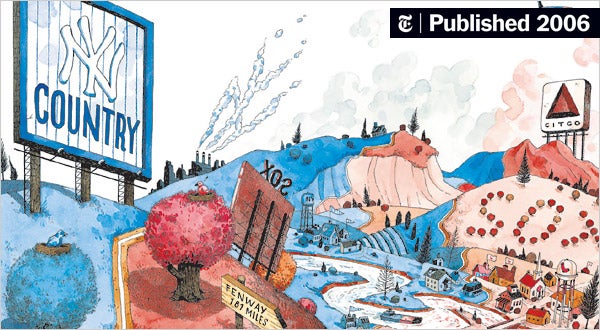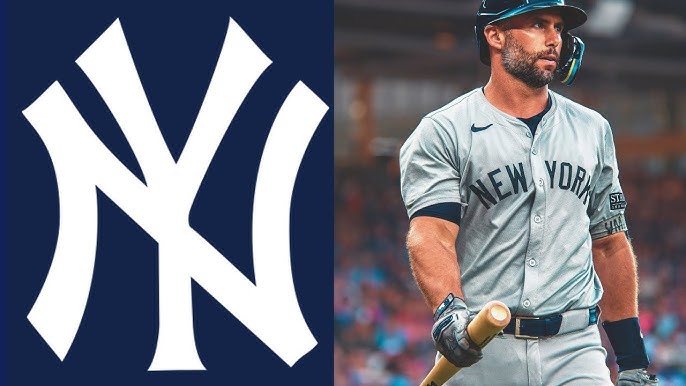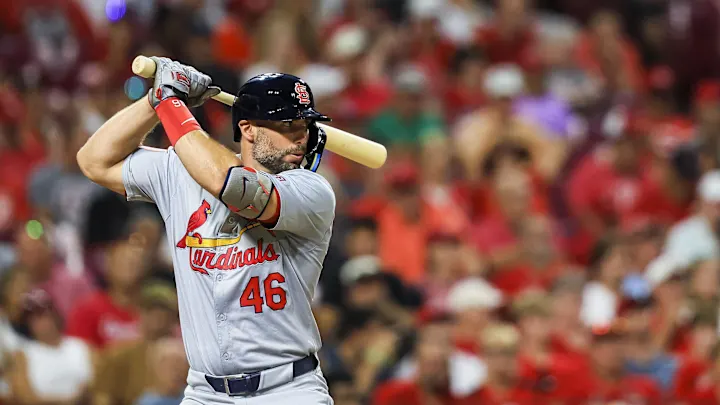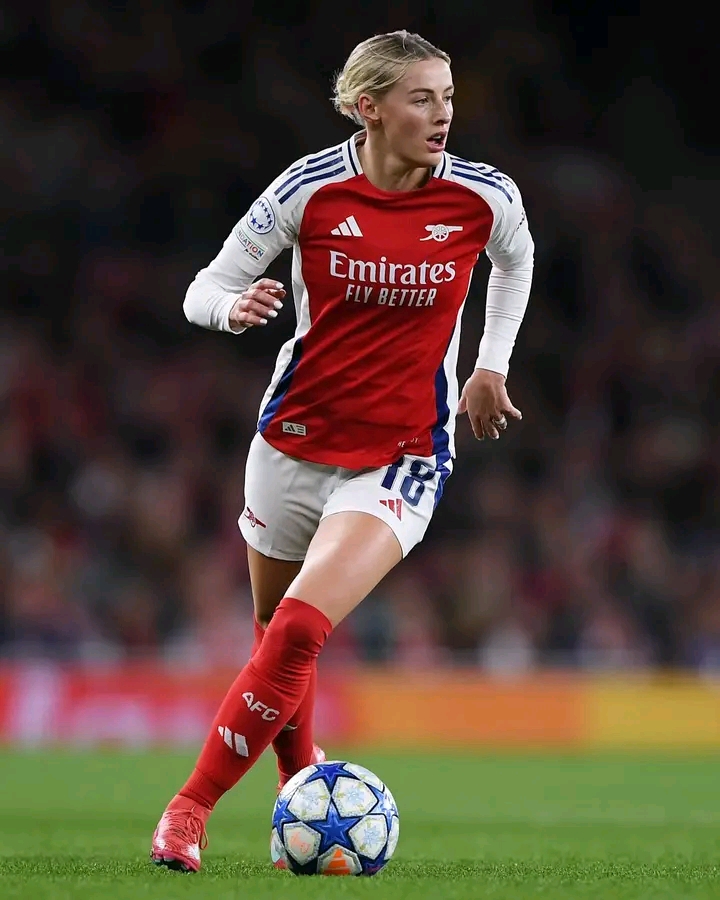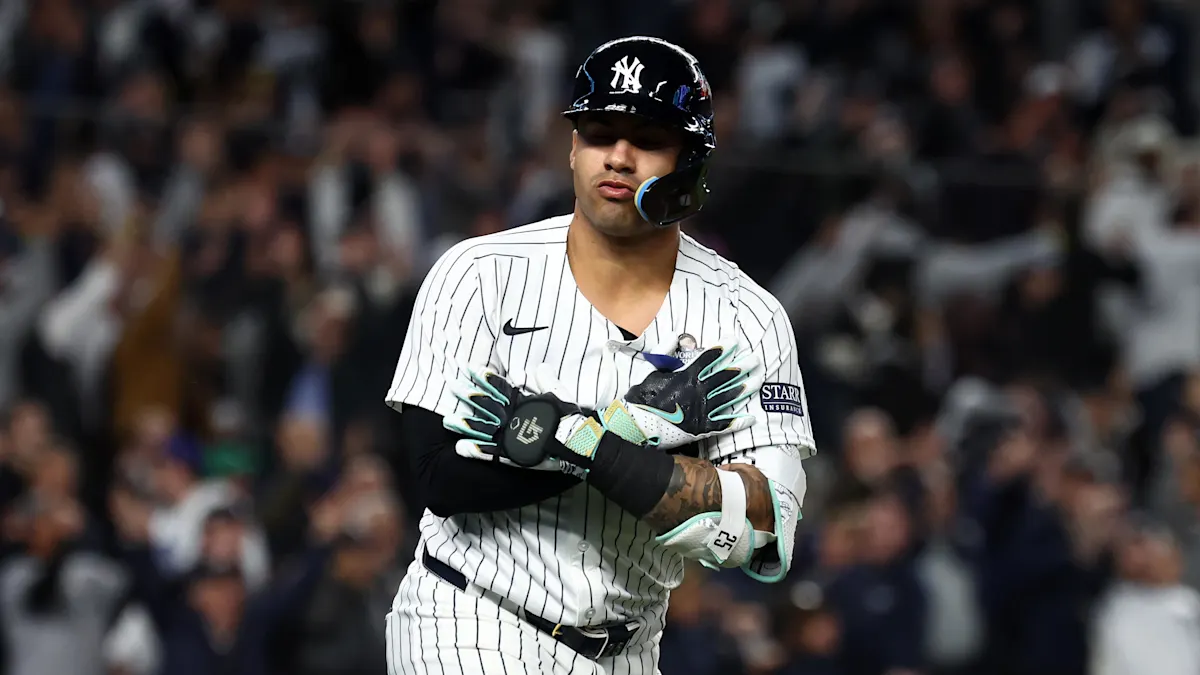
Yankees Insider Gleyber Torres’ Chances of Returning to the Bronx Were Thwarted….
The New York Yankees, one of Major League Baseball’s most iconic and storied franchises, have long been known for their commitment to excellence. Over the years, the team has gone through numerous transformations, welcoming new stars, watching veterans retire, and making bold trades to remain competitive. However, even as they continue to build their future, certain players hold a unique position in the hearts of fans and front office alike.
Gleyber Torres, a talented infielder from Venezuela, seemed to have been a potential future face of the franchise when he first arrived in the Bronx. His combination of power, defensive versatility, and potential for stardom made him a focal point of the Yankees’ young core. But as the years have passed, Torres’ career trajectory has become increasingly complicated, with various on-field struggles and off-field decisions that have altered the direction of his career.
While Torres’ journey with the Yankees appeared promising at the outset, his chances of continuing with the team in the long term are now uncertain. Over the past few seasons, multiple factors have led to his potential departure from the Bronx, complicating what initially seemed to be an inevitable path toward stardom and longevity in the New York spotlight. From performance inconsistencies to trade rumors, managerial decisions to market pressures, Torres’ future with the Yankees became a series of questions rather than guarantees.
This article explores how Gleyber Torres’ once-promising future with the Yankees became thwarted, examining the challenges he faced on the field, the dynamics within the organization, and the broader context of the team’s rebuilding and competitive efforts.
Gleyber Torres’ Early Promise with the Yankees
Gleyber Torres was first introduced to the Yankees’ faithful in 2018, making his MLB debut as a 21-year-old phenom. He had come up through the minor leagues with high expectations, following a well-publicized trade that sent Aroldis Chapman to the Chicago Cubs in exchange for Torres and other prospects. From the outset, Torres showcased his talent, earning a spot in the starting lineup and contributing immediately to the team’s success.
In his rookie season, Torres made an instant impact, hitting 24 home runs and driving in 77 RBIs while playing a solid second base. He was named to the American League All-Star team and was widely considered one of the top young talents in baseball. His early success gave Yankees fans hope that they had found a future superstar to build around, and for a time, Torres appeared to be living up to that hype.
Over the next couple of seasons, Torres continued to show flashes of brilliance, making significant contributions to the team’s offense. His bat was often in the heart of the Yankees’ lineup, and his versatility—being able to play both second base and shortstop—made him an invaluable asset. Torres seemed poised to become the cornerstone of the Yankees’ infield for years to come, alongside other young stars like Aaron Judge and Gary Sánchez.
However, despite his early promise, Torres’ trajectory began to slow down in the following seasons, as inconsistencies in his performance started to take root.
The Decline: A String of Inconsistencies
As the years went on, Gleyber Torres’ offensive production began to dip, and his overall performance became more erratic. While there were moments where he still flashed the brilliance that had made him a top prospect, the consistency that many had expected of him as the Yankees’ future star was nowhere to be found.
Offensive Struggles
In 2019, Torres had another solid season, hitting 38 home runs and driving in 90 RBIs. However, by 2020, Torres’ performance started to decline sharply. He struggled to hit for average, and his power numbers dipped significantly. A player who had once looked like a future perennial All-Star was suddenly underperforming, particularly in a short 60-game season affected by the COVID-19 pandemic. His batting average dropped from .271 in 2019 to .243 in 2020, and his OPS (on-base plus slugging) fell from .876 to .724.
Despite an improved 2021 campaign, where he rebounded somewhat with 10 home runs and 51 RBIs, Torres was still not living up to his early promise. His struggles with consistency at the plate, combined with a lack of power production, left many questioning whether he could be the player the Yankees had once hoped for. It was evident that the Torres who had first appeared in the Bronx was no longer the same player, and this raised concerns among the team’s decision-makers.
Defensive Issues
The decline in Torres’ offensive performance was compounded by defensive issues. Initially considered a competent second baseman, Torres’ defense began to come under greater scrutiny. He was moved from second base to shortstop in 2021, following Didi Gregorius’ departure, but the transition was rocky. His struggles to adjust to shortstop—particularly with his range and accuracy—became a notable weakness for the Yankees.
Torres’ defensive issues were magnified as the Yankees’ pitching staff relied on solid defense to help them navigate games. He often made errant throws or failed to make routine plays, which cost the team crucial runs. This defensive decline ultimately led the Yankees to reconsider Torres’ long-term future as a shortstop. He was moved back to second base, but the damage had already been done, and it was clear that his defensive limitations would need to be addressed if he were to remain in the Yankees’ infield.
Off-the-Field Factors: Trade Rumors and Market Pressures
As Gleyber Torres’ performance fluctuated, trade rumors began to swirl around the young infielder. The Yankees’ front office, always focused on remaining competitive and improving the roster, considered all possibilities when it came to upgrading the team. Torres, still young and with significant potential, became a prime candidate for trade talks. Teams across the league recognized his talent, and offers for the young star began to surface.
By the 2022 and 2023 seasons, rumors linking Torres to other teams were pervasive. Despite being a key member of the Yankees’ core, his perceived value on the trade market, coupled with his inconsistency, made him a logical player to be discussed in potential trades. There was a growing belief that Torres might not be part of the Yankees’ future, particularly if the team decided to retool or pursue other avenues for improvement.
The Changing Landscape of the Yankees’ Rebuild
The Yankees’ organizational philosophy underwent shifts as management sought to balance rebuilding the team while remaining competitive. The development of younger players and the integration of new talent into the roster became a central goal. Torres, once a pillar of that youth movement, found himself caught in the crosshairs of this transition. The emergence of players like Anthony Volpe, who was considered the shortstop of the future, created a logjam in the infield.
Volpe’s arrival meant that Torres’ role as a shortstop was already in jeopardy, and with Volpe and other prospects like Oswald Peraza waiting for their opportunity, Torres’ future with the Yankees was uncertain. In a market where salary and roster spots are always at a premium, the Yankees were also contemplating whether keeping Torres was worth the potential financial cost, especially given the financial flexibility they sought for future signings.
Management’s Decision: A Shifting Focus
The decision-making by Yankees’ management, including general manager Brian Cashman, played a major role in Torres’ dwindling chances of returning to the Bronx. The Yankees, ever the juggernaut franchise, have consistently maintained a high standard for excellence, and their willingness to part with players who do not meet those standards is well-known. Torres, despite his potential, had not fully met those expectations in terms of his consistency and all-around contributions.
Additionally, the Yankees were looking to build around the likes of Judge, Stanton, and other established stars, with the goal of building a team that could contend for championships. While Torres’ presence in the middle of the lineup was still valuable at times, the question of whether he could return to being a true star player who could help push the Yankees over the top was increasingly uncertain.
The Final Straw: A Shift in Priorities
By the 2024 season, it became clear that Gleyber Torres’ chances of returning to the Bronx in a long-term capacity were unlikely. With younger prospects ready to take his place and the Yankees focusing on their future core, Torres was ultimately traded to another team in exchange for a package of players that would better suit the team’s evolving needs. The Yankees had given Torres plenty of opportunities to fulfill his potential, but after several years of inconsistency and trade rumors, his time in New York was ultimately coming to an end.
Conclusion
Gleyber Torres’ time with the New York Yankees was filled with both hope and frustration. His early promise as one of the top young talents in baseball made it seem like he could be a fixture in the Bronx for years to come. However, through a combination of on-field struggles, defensive liabilities, and trade rumors, Torres’ chances of remaining with the Yankees in the long term were thwarted.
In the end, Torres was traded to another team, marking the end of an era for him in New York. While his time in the Bronx was far from a failure, it was ultimately overshadowed by the Yankees’ quest for continued success and the emergence of younger players who better fit the team’s vision. Gleyber Torres may not have become the superstar many once hoped for, but his time with the Yankees will always be remembered as a period of potential, frustration, and, ultimately, a shift toward the future.
